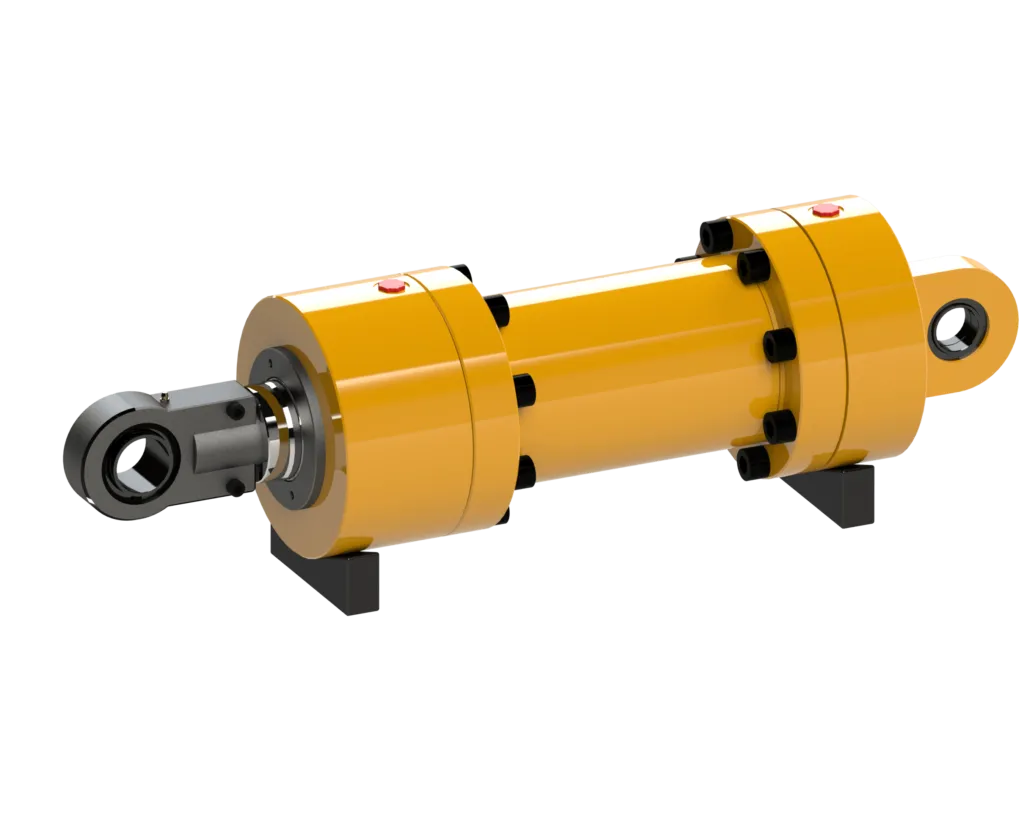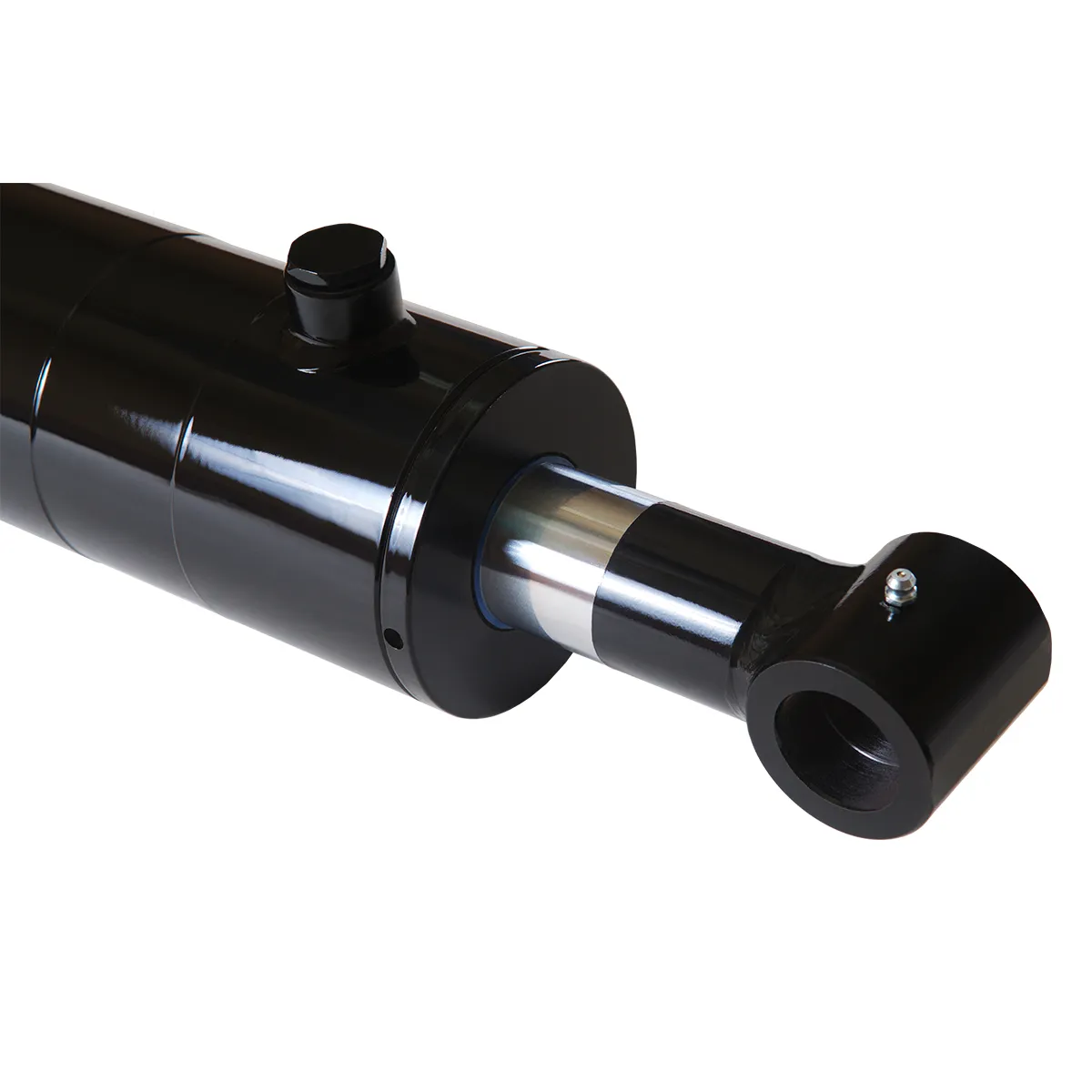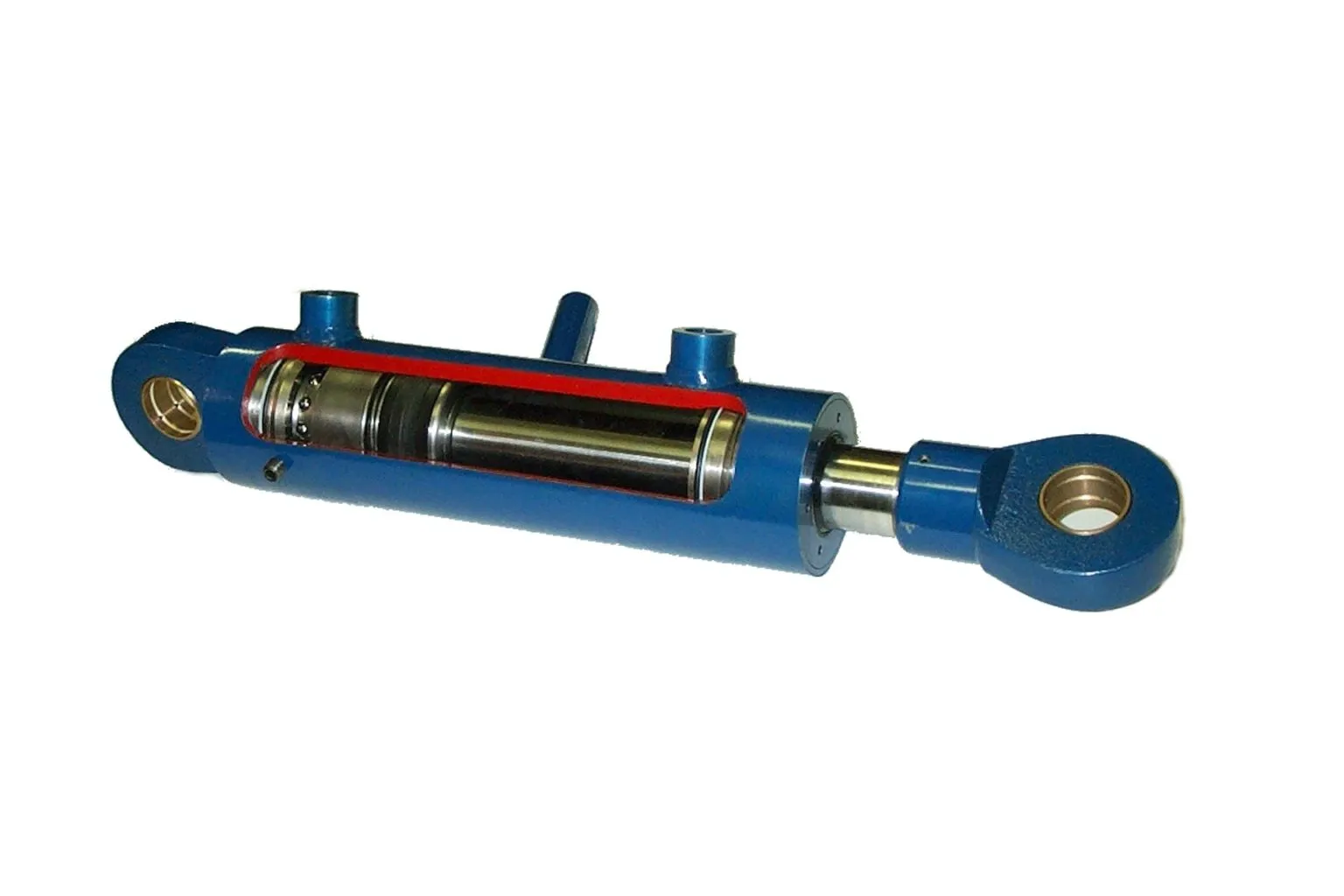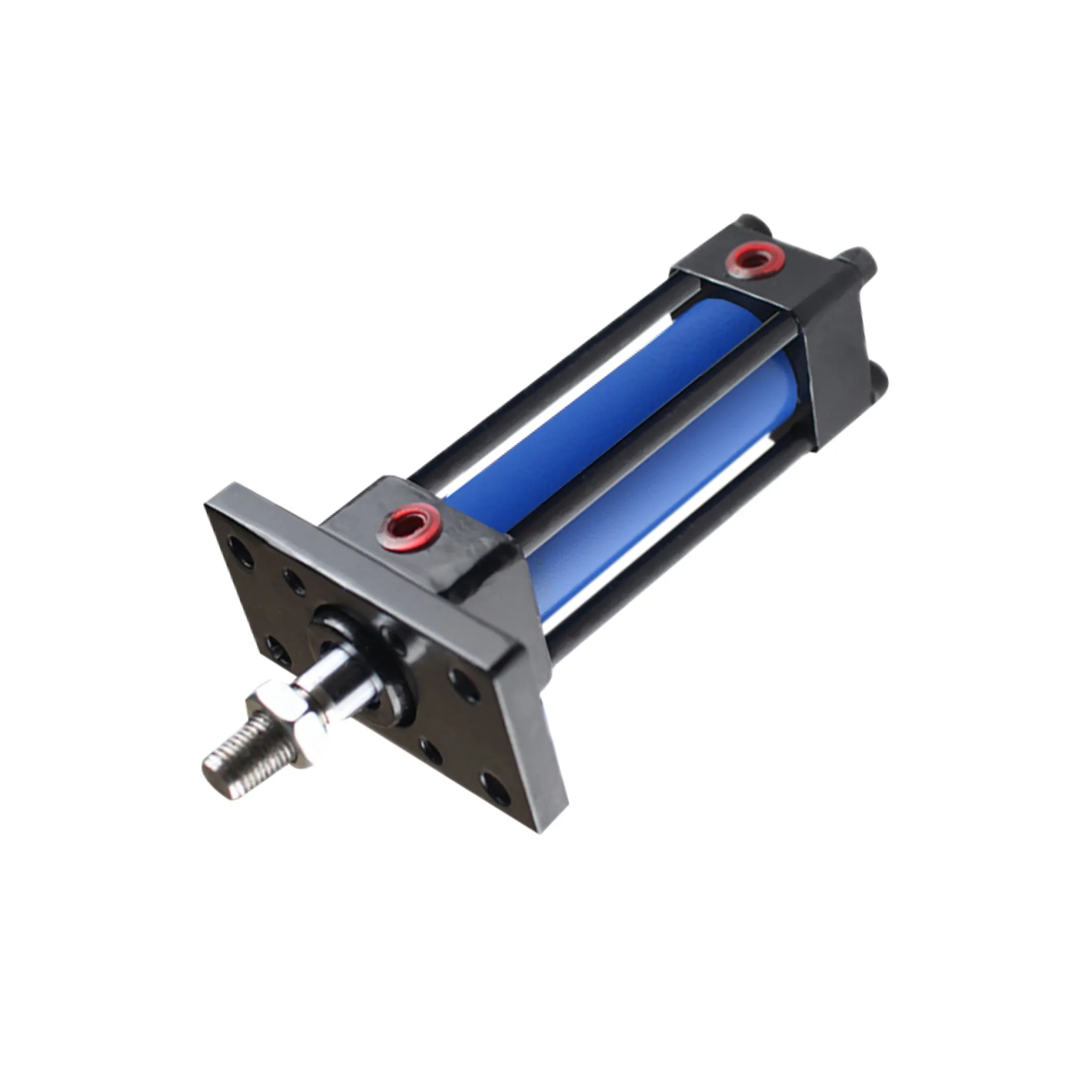
Manufacturing Reversible Welded Hydraulic Cylinders

Introduction
In the world of hydraulic systems, reversible welded hydraulic cylinders play a crucial role in providing the necessary force and motion for various applications. These cylinders are designed to function in both directions, allowing for versatile and efficient operation in a wide range of industries.
Defining Reversible Welded Hydraulic Cylinders
Reversible welded hydraulic cylinders are essential components in hydraulic systems that allow for bidirectional movement. They are typically composed of a cylinder, piston, rod, end cap, and other components, and are constructed using materials such as steel or stainless steel for durability and strength.
These cylinders are designed to be reversible, meaning they can operate in both directions without the need to change or replace the hydraulic connections. This feature enhances the flexibility and versatility of equipment, making them ideal for a variety of applications.
Design Characteristics
- Double action design for two-way flow
- Durable welded construction for high pressure and load capacity
- Simplified maintenance with fewer moving parts
- Cost-effective compared to traditional cylinders
- Compact design for use in narrow spaces


Working Principle
The reversible welded hydraulic cylinder operates by utilizing hydraulic fluid to extend or retract the piston within the cylinder. This movement is controlled by the flow and pressure of the hydraulic fluid, providing the necessary force and motion for a wide range of applications.
Applications
Reversible welded hydraulic cylinders are widely used in industries such as construction, agriculture, industrial manufacturing, mining, waste disposal, marine engineering, robotics, and automation. These cylinders provide precise and reliable operation for various machinery and equipment.
Advantages
- Reversibility for bidirectional operation
- Durability for high pressure and load capacity
- Simplified maintenance with fewer parts
- Cost-effective manufacturing
- Compact design for tight spaces
Performance Characteristics
Reversible welded hydraulic cylinders offer typical operating pressure and force ranges, stroke lengths, and hole sizes to suit various applications. Selecting the appropriate size and configuration is crucial for optimal performance and efficiency.
Design Considerations
- Bearing capacity
- Sealing for leakage prevention
- Durability for long-term use
- Safety features for operation
- Maintainability for easy servicing
Installation and Maintenance
Proper installation, regular inspection, lubrication, seal replacement, and preventive maintenance are essential for ensuring the longevity and performance of reversible welded hydraulic cylinders. Following recommended procedures and guidelines can help minimize potential issues.
Safety Considerations
When using reversible welded hydraulic cylinders, it is important to prioritize safety measures to prevent accidents and ensure proper operation. Adhering to safety guidelines and protocols can help maintain a safe working environment.
Fault Diagnosis
In the event of issues or malfunctions, diagnosing common problems with reversible welded hydraulic cylinders is crucial for timely repairs and maintenance. Identifying faults and implementing solutions can help prevent downtime and costly repairs.
FAQs
- What types of industries commonly use reversible welded hydraulic cylinders?
- What are the main components of a reversible welded hydraulic cylinder?
- How do reversible welded hydraulic cylinders differ from single-acting cylinders?
Company Overview
Our company is a leading manufacturer and distributor of hydraulic cylinders, specializing in reversible welded hydraulic cylinders. With a complete product line, international certifications, and customized services, we are committed to providing high-quality solutions for diverse industries.
Author: lyl
